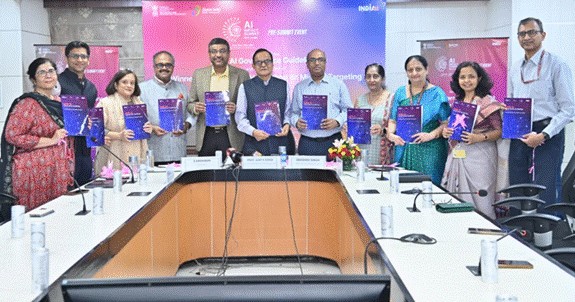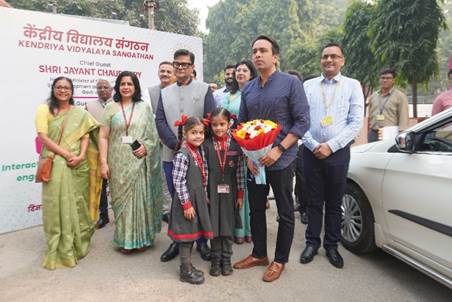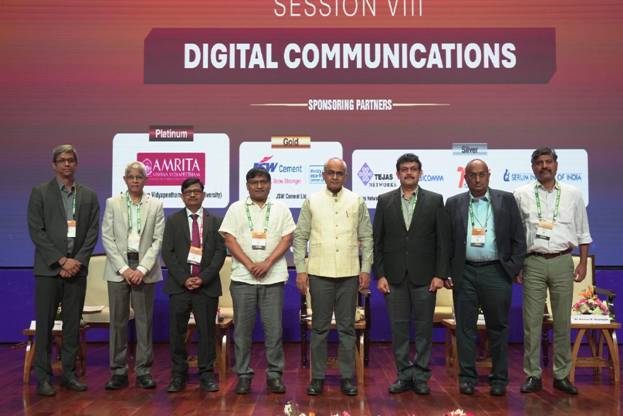NABARD, RBI Expand Financial Literacy, Ease Microfinance Norms to Empower Rural Borrowers

RBI has mandated credit institutions to report income and loan data of microfinance borrowers to credit information companies.
New Delhi, August 6: In a major push towards financial inclusion and borrower protection in rural India, the National Bank for Agriculture and Rural Development (NABARD) and the Reserve Bank of India (RBI) have undertaken multiple initiatives aimed at enhancing financial literacy, simplifying microfinance norms, and curbing borrower over-indebtedness.
Financial Literacy Centres Expanded Nationwide
According to a written reply by Minister of State for Finance Pankaj Chaudhary in the Rajya Sabha, NABARD and RBI are actively promoting financial and digital literacy in underserved rural regions. Key initiatives include:
- 2,421 Centres for Financial Literacy (CFLs) set up by RBI across India since 2017, each covering an average of three blocks.
- NABARD-supported Financial Literacy Camps conducted through rural bank branches and Financial Literacy Centres, focusing on digital banking, social security schemes, and cybersecurity.
- Village Level Programmes (VLPs) conducted with the support of banks and State Rural Livelihoods Missions (SRLMs), fostering interactions between Self-Help Groups (SHGs) and bankers to facilitate account openings, credit linkage, and repayments.
Microfinance Loan Norms Simplified
In a series of reforms aimed at improving credit access for low-income households, the RBI has:
- Redefined microfinance loans as any collateral-free loan to households with an annual income of up to ₹3 lakh.
- Removed quantitative restrictions, such as caps on loan amounts per cycle and minimum tenures for larger loans.
- Eliminated the mandate that at least 50% of microfinance loans be used for income-generating purposes, allowing more flexibility for medical, educational, and household needs.
Borrower Protection Measures Strengthened
To curb over-indebtedness and promote responsible lending, the RBI has introduced:
- A 50% cap on loan repayment obligations as a proportion of the borrower’s monthly income.
- Guidelines on ethical recovery practices, requiring regulated entities (REs) to have grievance redressal mechanisms in place.
- A principle-based regulatory framework introduced in March 2022 that deregulated interest rates for microfinance loans, while mandating board-approved interest rate policies and clear disclosures to prevent usurious practices.
Role of SROs: Sa-Dhan and MFIN
Self-Regulatory Organisations (SROs) such as Sa-Dhan and the Microfinance Institutions Network (MFIN) are playing a pivotal role in ensuring sector compliance. Their contributions include:
- Monitoring compliance among NBFC-MFIs and other microfinance institutions.
- Issuing guardrails to cap total borrower indebtedness and limit the number of lenders per borrower.
- Collaborating with the RBI for regulatory feedback and industry oversight.
Enhanced Credit Data Reporting
RBI has mandated credit institutions to report income and loan data of microfinance borrowers to credit information companies. This enables a comprehensive assessment of borrowers’ indebtedness and ensures that repayment obligations remain within the regulatory 50% limit of household income.
These measures collectively aim to empower rural households, safeguard borrowers, and strengthen institutional compliance in the microfinance sector—supporting the larger goals of financial inclusion and economic resilience in rural India, the Ministry of Finance said in a statement.








